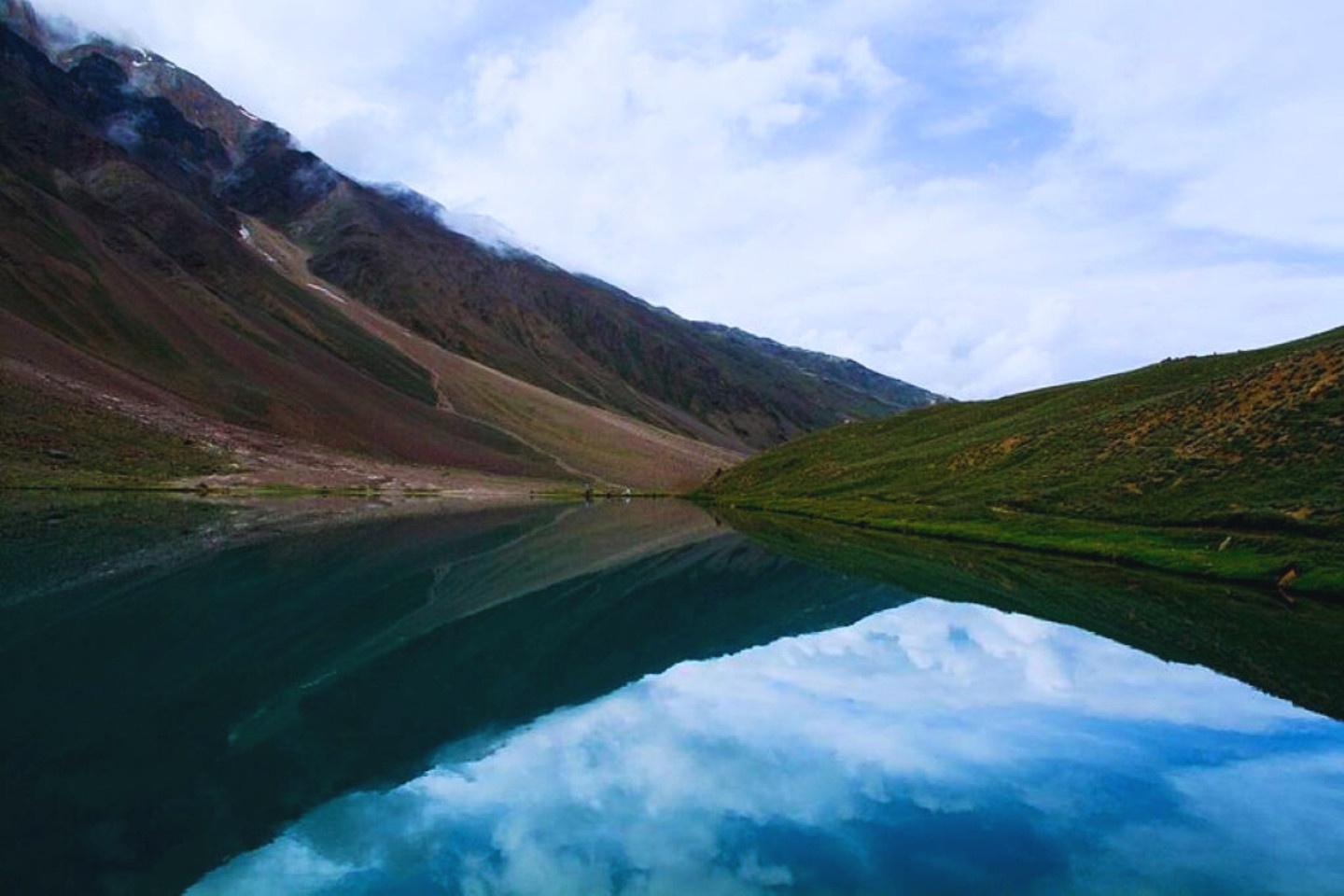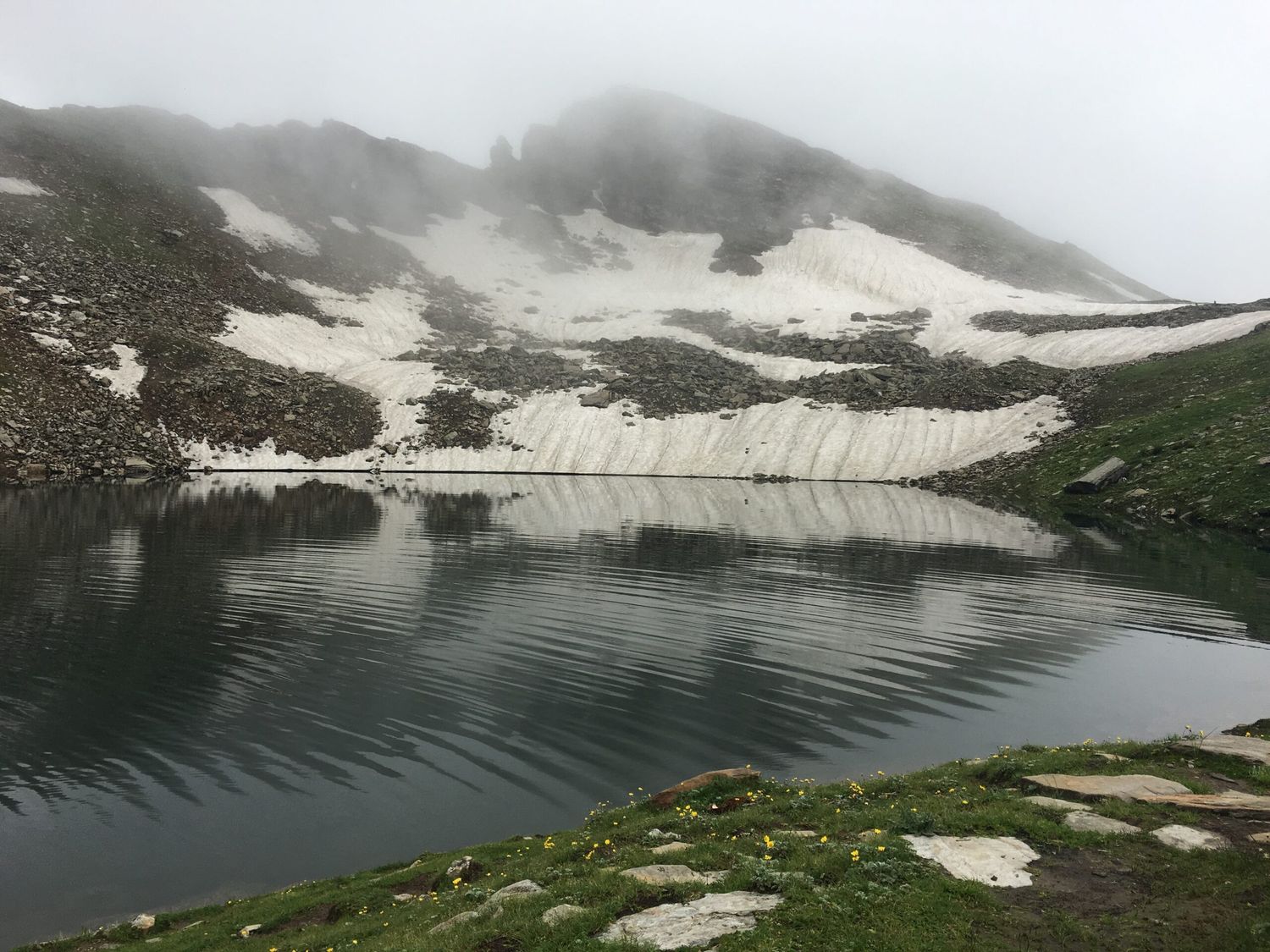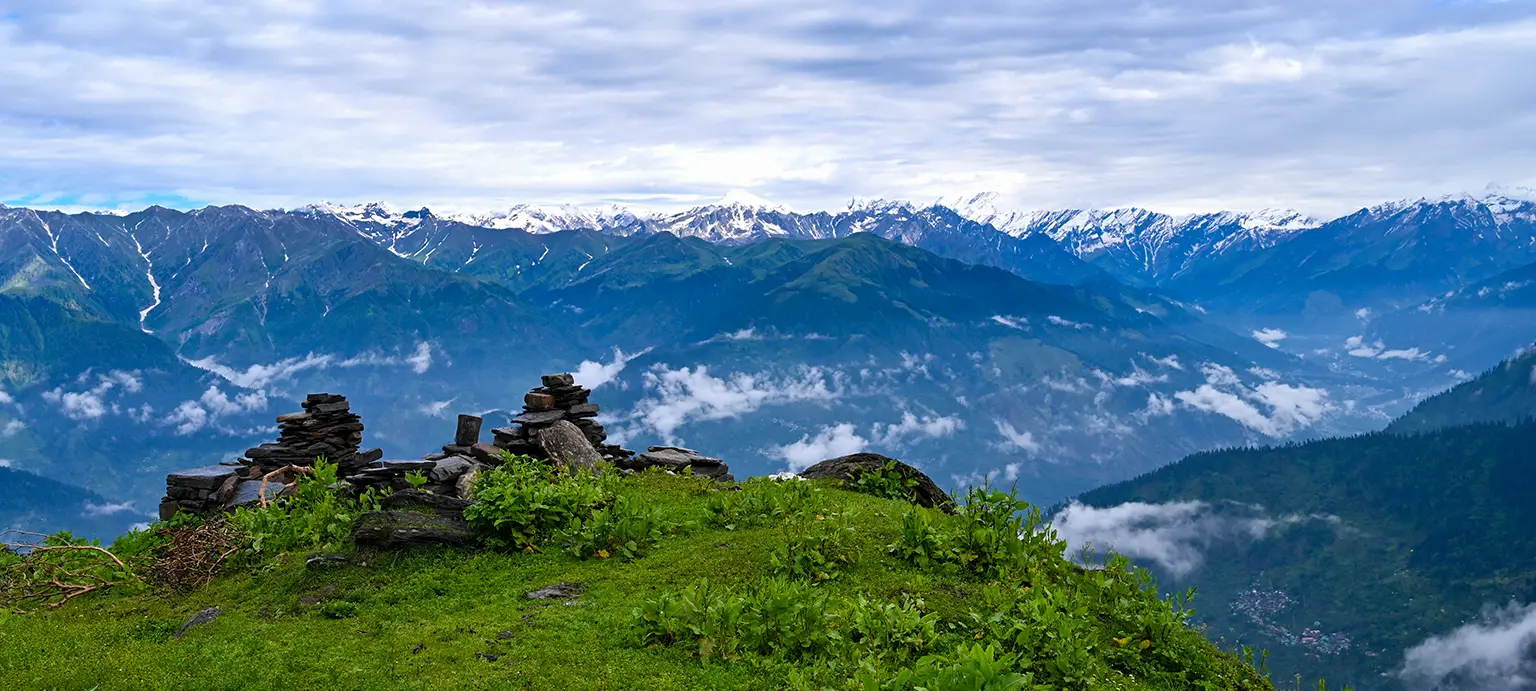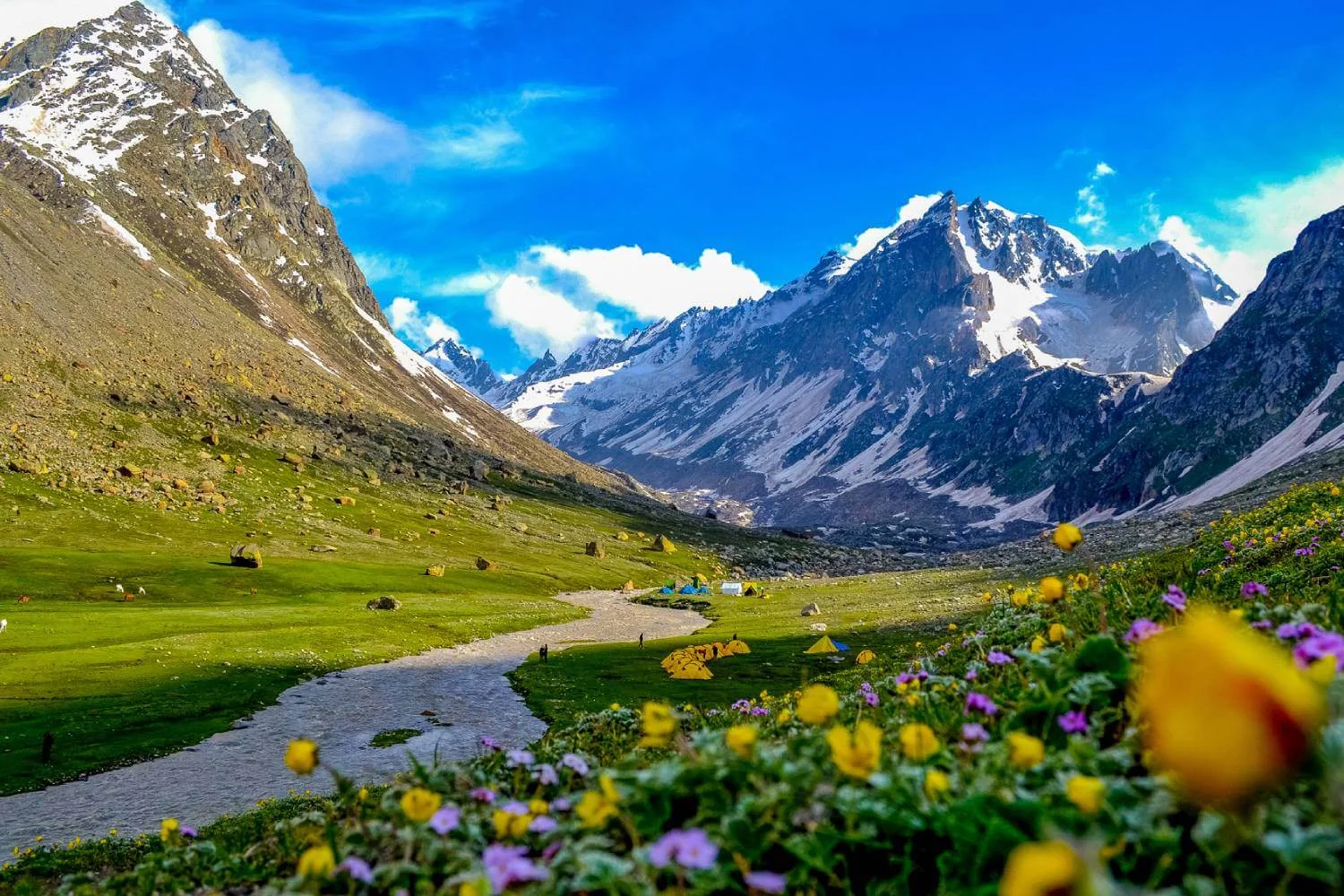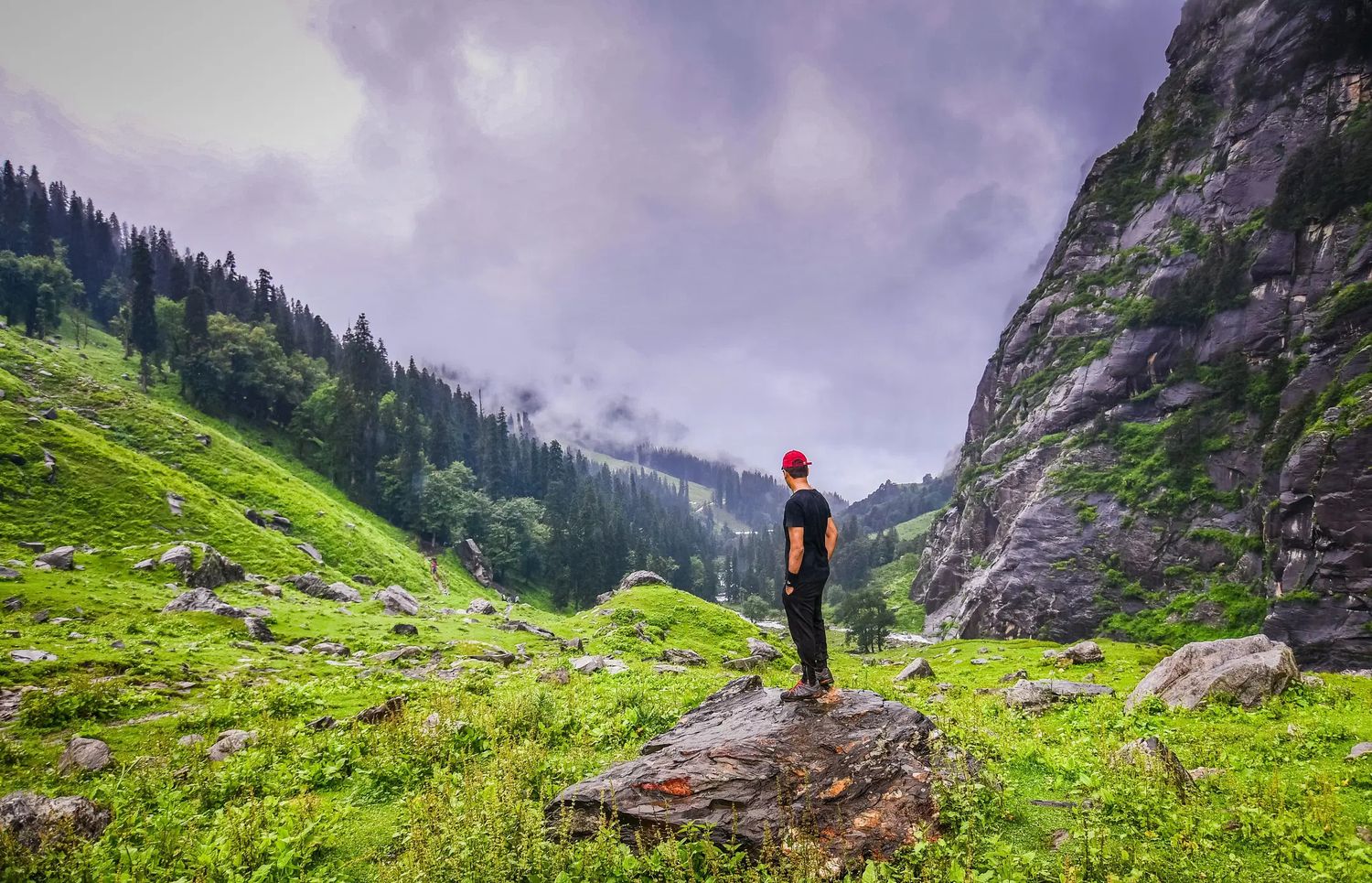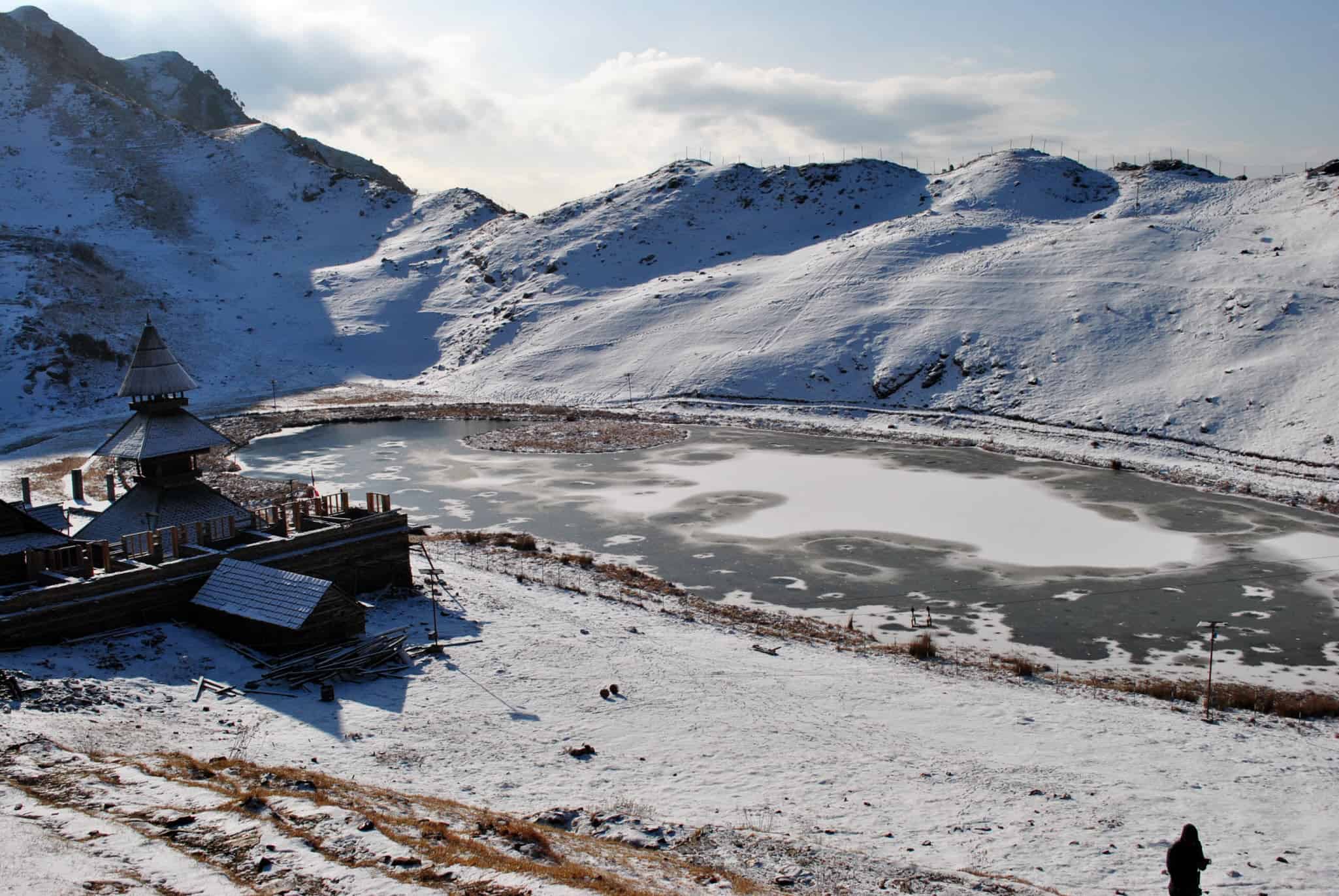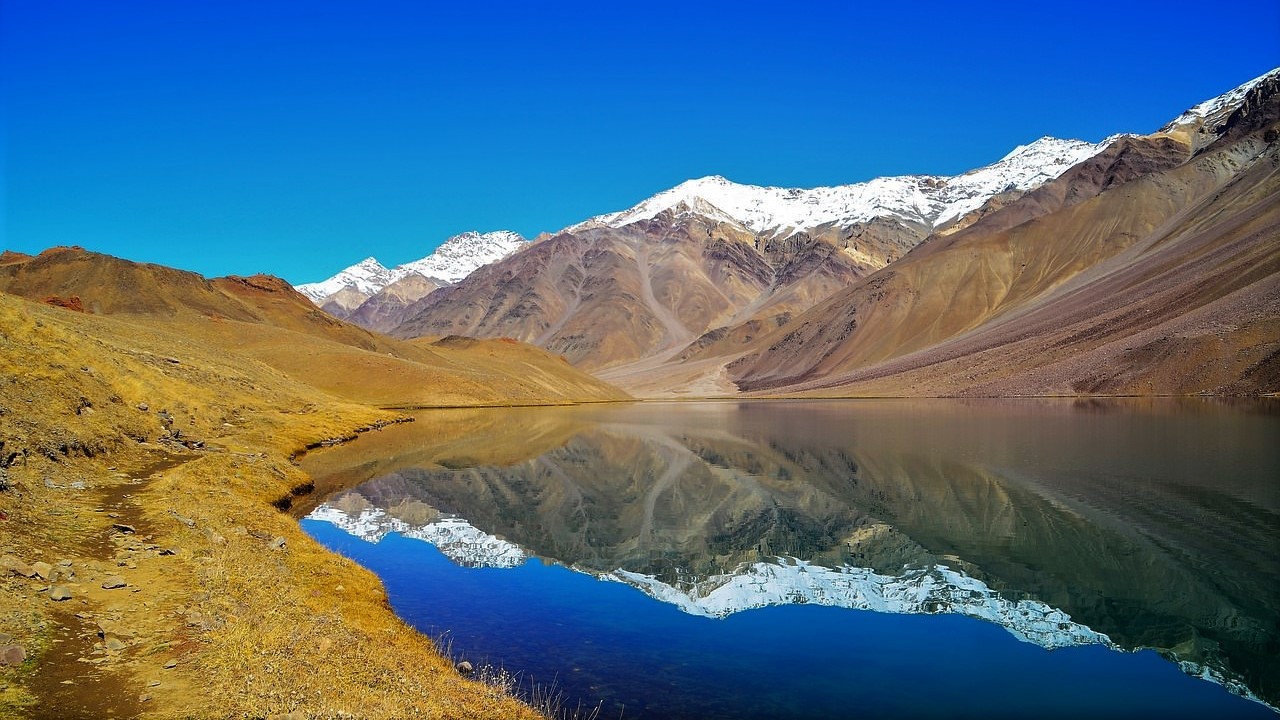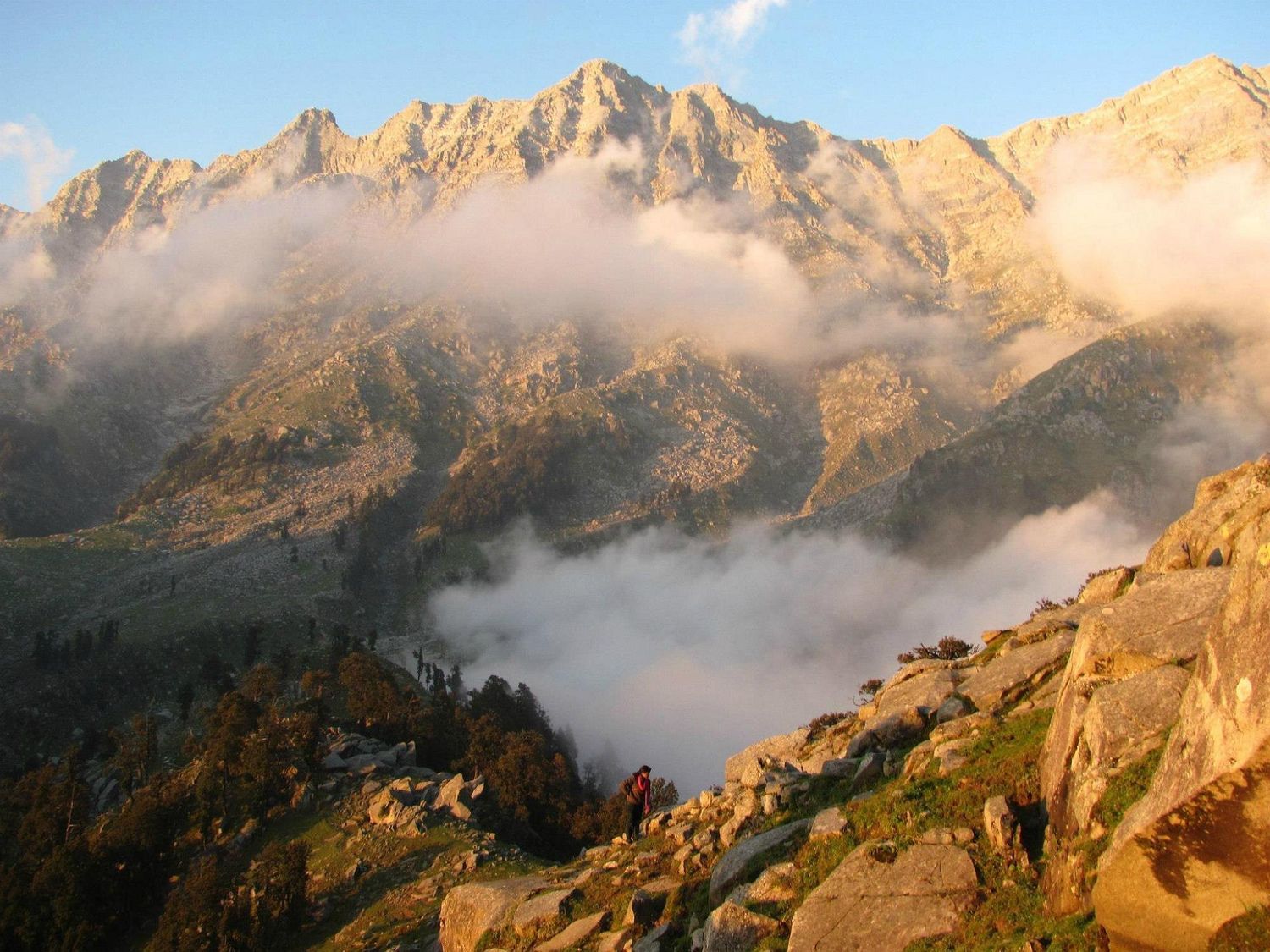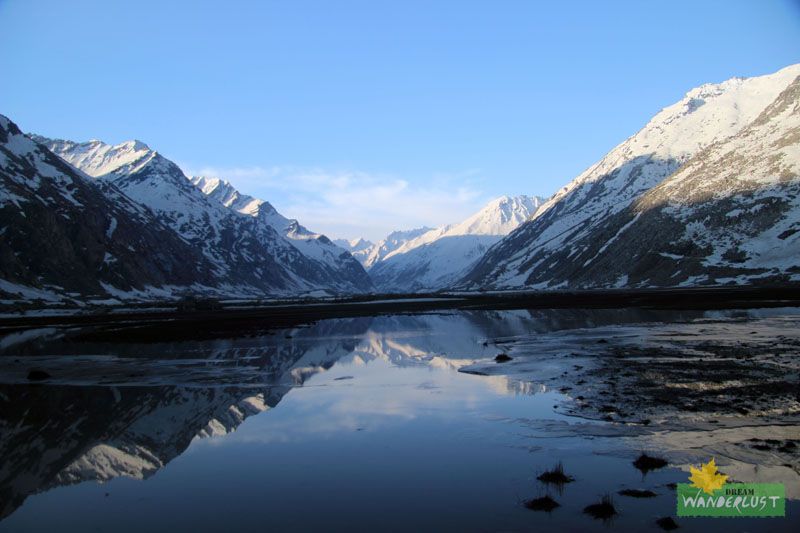Rani Sui Lake Trek: A Hidden Alpine Jewel Above Manali
The Rani Sui Lake Trek is one of the lesser-explored trails in Himachal Pradesh, offering breathtaking views without the crowds. Located above Manali, this trek leads adventurers to a high-altitude alpine lake at 12,139 ft, surrounded by lush meadows and snow-capped peaks. The lake remains frozen for most of the year, and during summer, its banks bloom with alpine flowers, creating a picture-perfect setting. The trek is short yet rewarding, making it ideal for those who want to experience the raw beauty of the Himalayas within a few days.
A Short Escape from Manali
Starting from Manali, the trail takes trekkers through dense deodar and pine forests, followed by alpine meadows and streams. With its easy accessibility and moderate difficulty, the trek is perfect for beginners and weekend trekkers.
Views of Himalayan Giants
From Rani Sui Lake, trekkers can witness panoramic views of peaks like Hanuman Tibba, Deo Tibba, and the Pir Panjal range. The reflection of these peaks on the lake’s surface adds to its charm.
Highlights of the Trek
- Alpine lake at 12,139 ft
- Short and beginner-friendly trek
- Stunning views of Deo Tibba, Hanuman Tibba, and Pir Panjal
- Meadows filled with wildflowers in summer
- Easy accessibility from Manali
